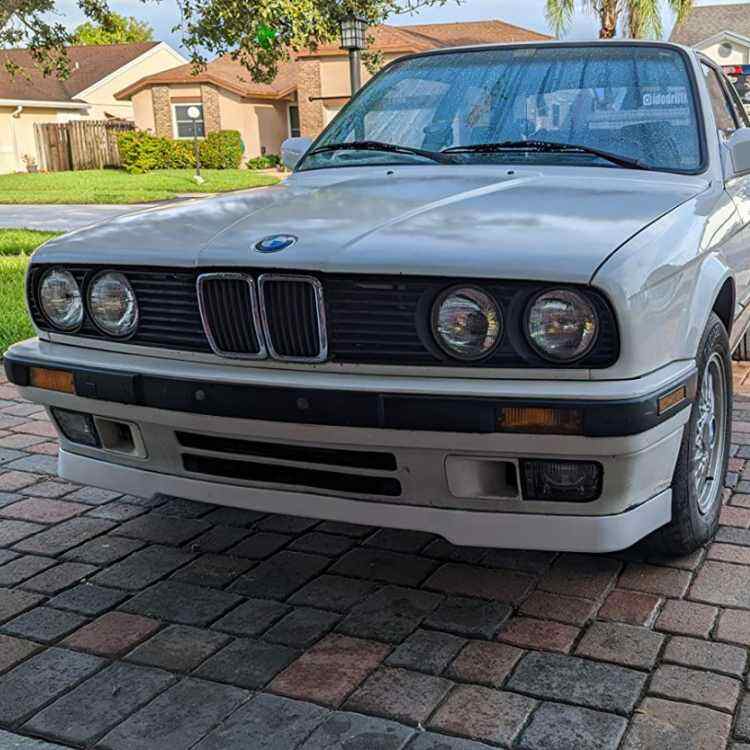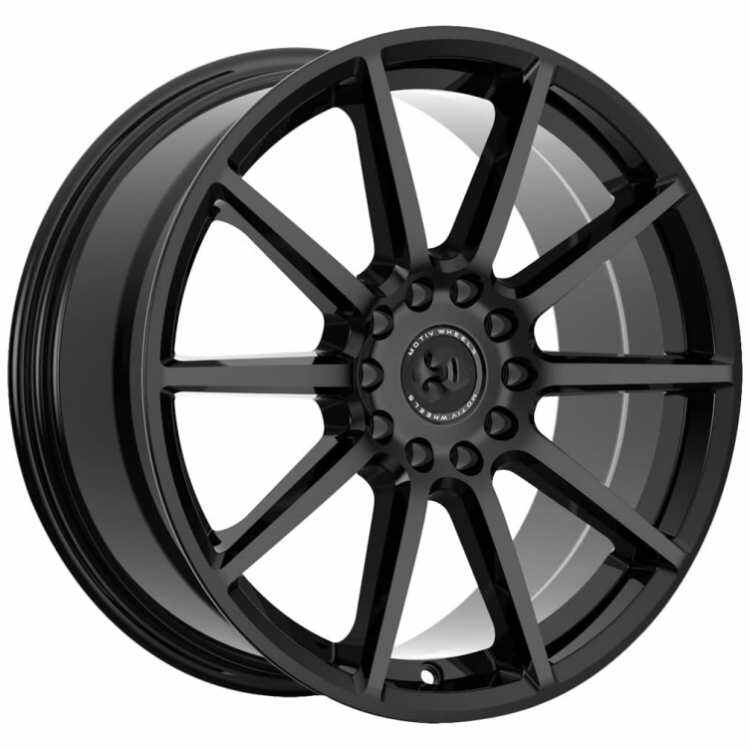The BMW 3 Series E30 is a classic car born in the 1980s. Although it is old, some sentimental enthusiasts still secretly collect it in their garages for their own careful appreciation, but their number can only be counted on one's fingers.
1. Appearance: Carving time in a square inch
The iconic square lines of the E30 are its unique visual language. When modifying, avoid destroying the original proportions, but optimize the details to amplify its tough temperament.
Classic spoiler: poetic expression of aerodynamics
The E30 mtech trunk spoiler is a holy object in the modification industry. The slightly upturned arc can not only increase the downforce at high speeds, but also fit the body contour perfectly, which can be regarded as a model of function and aesthetics. If you pursue a more competitive style, you can choose a split rear wing made of carbon fiber, but you need to pay attention to the coordination of the bracket height and the body lines to avoid destroying the elegant proportions of the E30.
 |
 |
The front lip spoiler is also critical - a low-key PU front lip can reduce the turbulence of the front of the car. If it is matched with the classic German "small wide body" wheel eyebrows, it can further enhance the posture of flying close to the ground.

2. Performance: Awakening the wildness of the inline six-cylinder
The M20B25 or M42 engine of the E30 has a durable foundation of cast iron cylinder, but limited by the emission technology of the 1980s, the original power is slightly docile.
*Naturally aspirated supremacy
Retaining the pure sound of the inline six-cylinder is the consensus of E30 players. The engine can breathe more freely by replacing the high-angle camshaft, customizing the intake and exhaust manifolds, and matching the ITB (independent throttle) system. If the budget is sufficient, transplanting the M50/M52 series aluminum engine (retaining the mechanical throttle version) can achieve a dual increase in weight and power, while maintaining the linear output characteristics of the "carburetor era".
*Chassis: Finding the fulcrum between classic and modern
The rubber bushings of the original suspension have long been aged, and replacing the polyurethane reinforced bushings can improve the road feel feedback. It is recommended to choose the Bilstein B12 series or KW Classic coilover suspension for the suspension system to reduce the height of the car while retaining enough toughness for daily driving. If the rear wheels continue to use the original trailing arm structure, the steering characteristics can be balanced by adding an adjustable anti-roll bar.
3. Interior: The temperature of mechanical interaction
The cockpit of the E30 is a symphony stage of physical buttons and analog instruments. Modification needs to restrain the impulse of "full liquid crystal".
The game between lightweight and retro competitive style
Removing the rear seats and installing a pair of Recaro Classic bucket seats can reduce weight by about 50kg. With the three-spoke Nardi steering wheel wrapped in Alcantara, the driving atmosphere is instantly pulled into the DTM arena of the 1980s. The instrument panel can retain the original orange backlit pointer meter, and only add an AEM air-fuel ratio meter as an "invisible plug-in" for performance tuning.
4. Soul finishing touch: those details that cannot be ignored
Wheels: 15-16-inch classic models are the safest choice. Too large wheel diameter will break the visual rhythm of the E30.

Lighting: Upgrade the halogen headlights to LED light guide modules, but a customized yellow light filter is required to maintain the warm-toned retro texture.
Sound: When customizing the mid- and rear-end exhaust, be sure to ask the manufacturer to retain the unique "metallic whistle sound" of the M20 engine, which is the soul BGM of the E30.
Conclusion: The Ultimate Secret of E30 Modification
Modifying an E30 is essentially repairing the time fragments of industrial civilization. Its spoiler curve, the breathing rhythm of the straight-six engine, and even the wear marks on the leather of the dashboard are all telling a mechanical fairy tale that refuses digitization. When you press the start button and hear the panting of the carburetor era and the roar of the turbine era overlap at this moment, you will understand that the so-called classics are never specimens in museums, but time capsules that never stop on the road. For such a classic model that carries mechanical romance, the modification direction often needs to take into account the delicate balance of "preserving the original soul" and "awakening dormant potential." If you hold an E30 in your hand, modification is by no means blindly piling up performance kits, but an engineering art that dialogues with time.
Copyright © Changzhou Haosheng Vehicle Parts Co., Ltd All Rights Reserved
